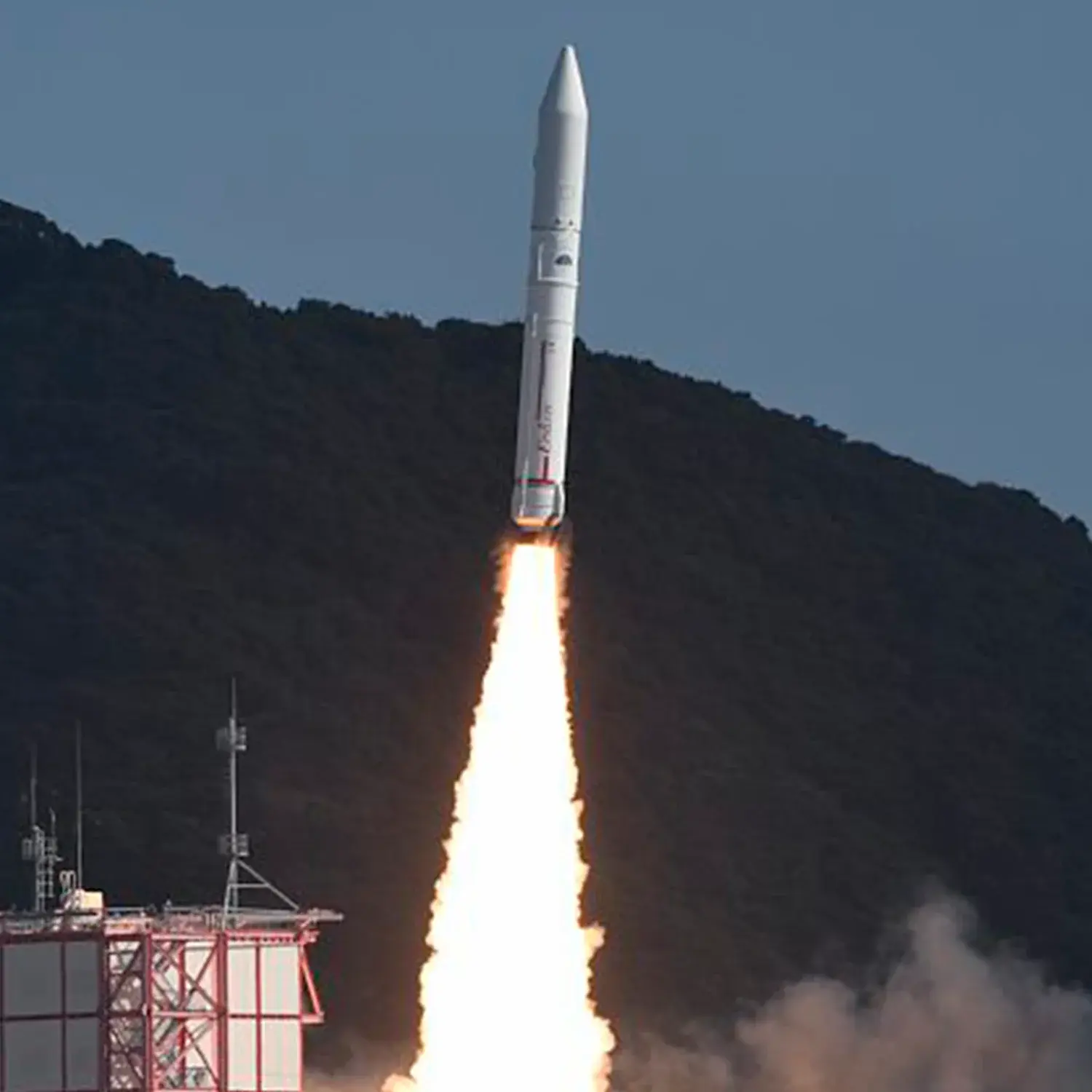/
RAISE-3 & Others
Launch Failure
Liftoff Time (GMT)
00:50:43
Wednesday October 12, 2022
Watch Replay
Official Livestream
Mission Details
Read Article
Launch Notes
Flight Termination System activated at T+06:28 after rocket was observed not in correct attitude for normal 2nd/3rd stage separation, due to 1 set of 2 RCS thrusters on the 2nd stage motor failing to pressurize, in turn caused by a leak in the diaphragm joint between the helium and hydrazine sides of the RCS fuel tank.
RAISE-3
RAISE-3 (RApid Innovative payload demonstration Satellite-3) is a satellite for on-orbit demonstrations of 7 demonstration components and equipment selected by public solicitation. The satellite will be operated in response to requests from the demonstration theme proposers and will provide experimental data of the demonstration devices and environmental data during the experiments.
Sun-Synchronous Orbit
1 Payload
110 kilograms
CubeSats
5 CubeSats for various Japanese institutions and companies.
Sun-Synchronous Orbit
5 Payloads
QPS-SAR 3 & 4
QPS-SAR is a series of small high-resolution X-band SAR (synthetic aperture radar) earth observation satellites by the QPS Institute (iQPS). These satellites are the first operational satellites of a planned constellation of 36 satellites. The satellites feature a 3.6 m diameter antenna of only 10 kg. It can distinguish objects 0.7 m long and identify cars on the road. Compared to the prototypes (QPS-SAR 1, 2), these satellites have increased power due to two deployable solar arrays and increased battery capacity. Also, they feature thrusters for station keeping.
Sun-Synchronous Orbit
2 Payloads
Rocket


Agency
JAXAPrice
$39.00 million
Rocket
Height: 26m
Payload to Orbit
LEO: 700 kg
Liftoff Thrust
1,612 Kilonewtons
Fairing
Diameter: 2.5m
Height: 9.19m
Stages
4
Launch Site
Stats
Epsilon
6th
Mission
1st
Mission of 2022
Japan Aerospace Exploration Agency
8th
Mission
1st
Mission of 2022
2022
135th
Orbital launch attempt